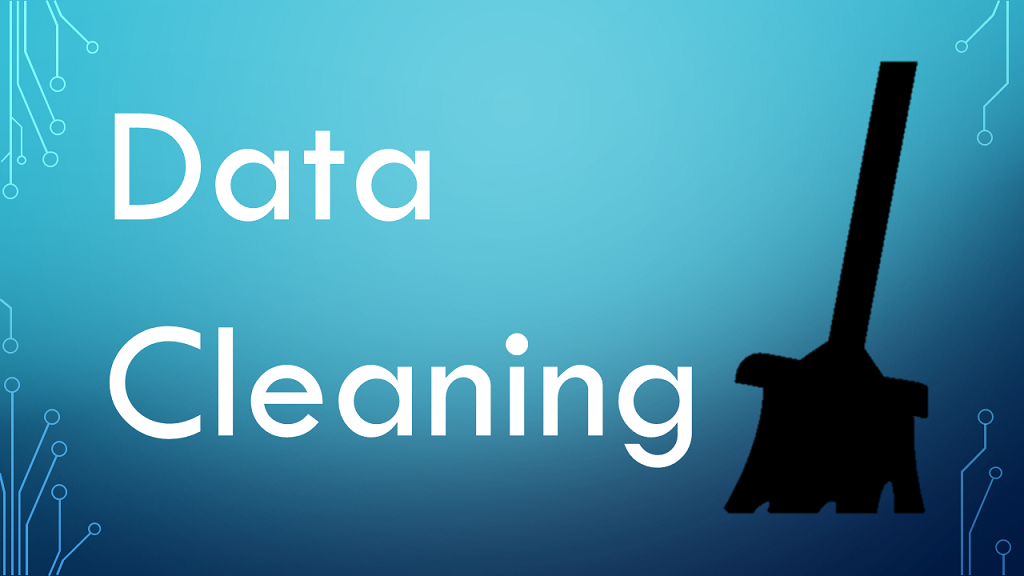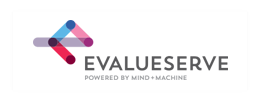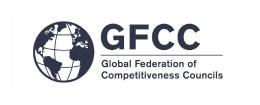In the dynamic landscape of modern business operations, data has emerged as a strategic asset that drives decision-making, customer insights, and operational efficiency. However, the real power of data can only be harnessed when it’s clean, accurate, and reliable. From “Clean data” to “Data scrubbing techniques,” every aspect of data management contributes to enhanced organizational performance and success.

Introduction: The Imperative of Clean Data
Data, in its raw form, can be likened to a diamond in the rough—full of potential, but requiring refinement to truly shine. This is where the concept of “Clean data” comes into play. Clean data, characterized by its accuracy, consistency, and relevancy, forms the foundation of effective decision-making and operational excellence. Organizations are realizing that the quality of data directly impacts their ability to innovate, adapt, and succeed in today’s competitive landscape.
Data Cleansing: A Cornerstone of Accuracy and Reliability
Data cleansing is the proactive process of identifying and rectifying inconsistencies, inaccuracies, and redundancies within datasets. Like tidying up a cluttered room, data cleansing involves eliminating errors that can hinder operational efficiency and hinder effective analysis. Through techniques such as data validation and enrichment, businesses can ensure their data is accurate and reliable, setting the stage for informed decision-making.
Ensuring Data Integrity: Data Validation and Verification
Data validation ensures that the information entered into databases meets predefined standards. It’s like quality control for data, ensuring that what enters the system is correct and reliable. Techniques like cross-referencing, input masks, and constraint rules play a crucial role in verifying the correctness of data. Additionally, data verification processes confirm that the data remains accurate over time, preventing potential issues down the line.

Enriching Insights: The Role of Data Enrichment
Data enrichment involves enhancing existing data with additional information from external sources. Think of it as adding layers of depth to a painting, making it more vibrant and insightful. By appending demographic details, behavioral patterns, and social interactions to customer profiles, organizations gain a comprehensive understanding of their audience. This enriched data fuels targeted marketing efforts, personalized customer interactions, and refined business strategies.
Eliminating Redundancy: Duplicate Data Removal
Duplicate data is akin to carrying unnecessary baggage—a burden that slows down operations and distorts analysis. Duplicate data removal is the process of identifying and eliminating redundant entries within datasets. Employing algorithms and techniques like fuzzy matching, businesses can effectively declutter their databases, ensuring that analyses are based on accurate, unique information.
Quality Assurance: Ensuring Reliable Data
Just as a solid foundation supports a building’s structure, data quality assurance forms the bedrock of a successful data strategy. It involves establishing and implementing processes to maintain data accuracy, consistency, and reliability. With regular audits, checks, and quality measurements, businesses can be confident that their data remains of the highest caliber.

Data Scrubbing Techniques: Polishing for Precision
Data scrubbing techniques involve the meticulous process of identifying and rectifying inaccuracies within datasets. Imagine scrubbing away the dust and grime to reveal the true beauty of data. Techniques range from standardizing formats to correcting spelling errors, all aimed at ensuring data integrity and accuracy.
Purifying Data: The Essence of Data Purification
Data purification is about separating the signal from the noise. It involves eliminating irrelevant or outdated data to enhance data relevancy and reliability. By streamlining datasets, businesses ensure that the insights drawn from their data are actionable and meaningful.
Data Standardization: A Symphony of Consistency
Data standardization is the process of establishing uniform data formats, definitions, and structures across the organization. Like tuning instruments in an orchestra, standardized data ensures that all systems and departments are working in harmony. This integration enhances data accuracy, reduces compatibility issues, and fosters seamless data exchange.

Clean Data Management: The Path to Success
Clean data management isn’t a one-time task; it’s an ongoing commitment to data excellence. Implementing best practices like data governance, proper entry procedures, and training programs for personnel ensures that the quality of data is maintained consistently.
Data Hygiene: Keeping Data Fresh and Relevant
Data hygiene is a term that encapsulates the practice of maintaining data quality over time. Much like personal hygiene, it involves regular cleaning and upkeep to prevent data decay. Businesses engage in data hygiene through continuous cleansing, validation, and enrichment processes.
Conclusion: Elevating Business Potential with Clean Data
In the digital age, data is more than just a resource—it’s a strategic asset that shapes the destiny of organizations. From data cleansing to data scrubbing techniques, each facet of data management contributes to accurate insights, informed decision-making, and operational excellence. Embracing clean data practices empowers businesses to navigate challenges, seize opportunities, and unleash the full potential of their data-driven journey.









